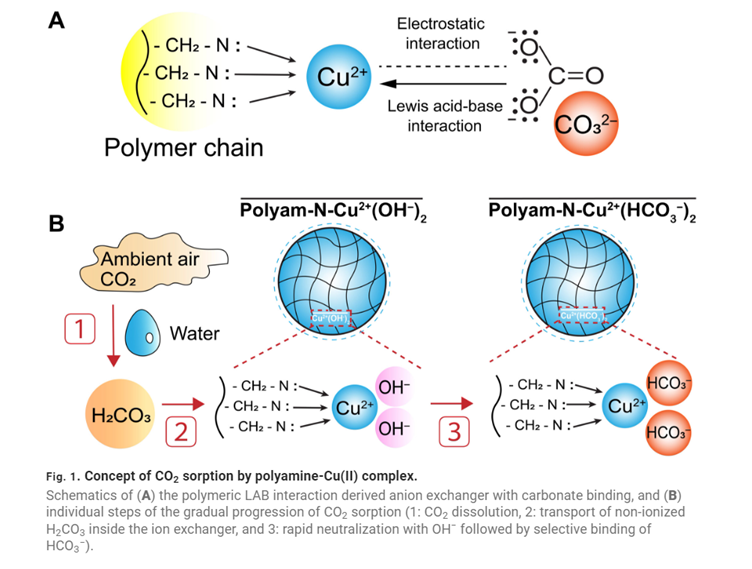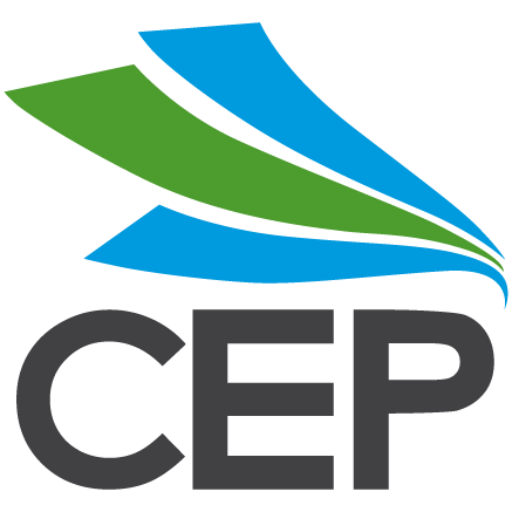Newly Announced Webinars, Emissions Inequity and Organic Solar Panels
In this issue:
Free webinars from CEP
CEP has several free webinars coming up in the next few weeks, click below for more details.
New energy efficiency indicators guide
We all know energy efficiency is the first fuel but measuring and improving efficiency at the macro level is often tricky. The IEA has just published a guide on developing energy efficiency indicators, how to use them to target improvements and end-use data collection to give them efficacy. A must read for policy makers.
Energy and emissions inequity - the data
Yet more evidence emerged this week of energy emissions inequity with the IEA reporting almost half of global energy related CO2 emissions were attributable.to only 10% of the world’s population. This 10% averaged 22 tonnes of CO2 emissions, 200 times that of the least emitting 10%. Of course, economic prosperity is highly correlated with this. Around 85% of the top 10% live in developed economies, the lowest 10% of emitters are almost invariably from developing countries.
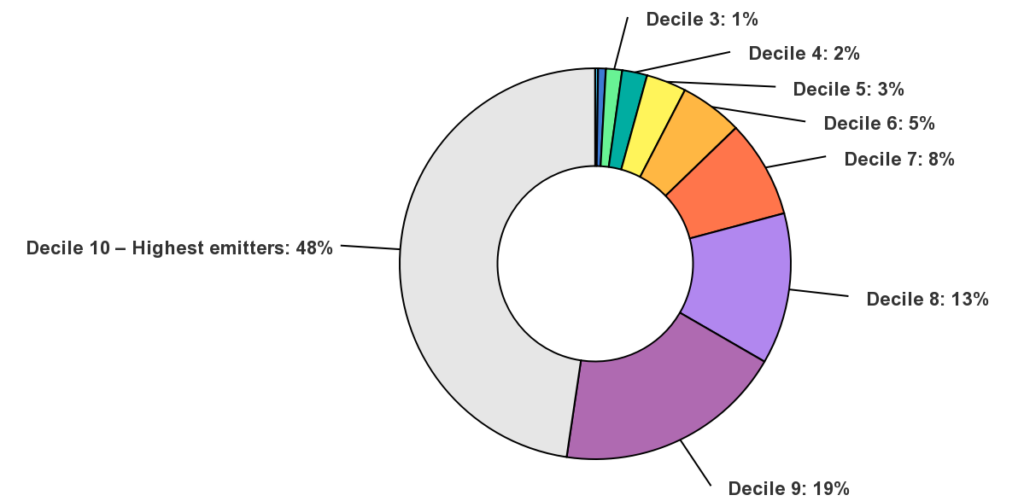
SUVs emit a billion tonnes of CO2 in 2022
Part of the problem is our love affair with SUVs. Again from the IEA, comes news that emissions from SUVs hit an estimated 1 billion tonnes of CO2 in 2022. While overall vehicle sales were down and EVs are taking more and more of the market, the continued dominance of ICE vehicles and the trend towards heavier SUVs saw emissions increase. While the oil consumption of other cars remained about the same as 2021, that consumed by SUVs increased by 500,000 barrels a day and emissions by 70 million tonnes. Currently around 10% of new cars in US are EVs. This increases to around 20% in Europe with China leading the way with around 25% of new cars sold being EVs.
A win-win water and electricity innovation
We love win-win technologies, especially if there is a third win. South Korean researchers have just published details of their new water purifier which also generates electricity. The two-part membrane comprises a porous filter that rejects 95% of contaminants down to 10nm (one hundred millionth of a metre) – which includes most microplastics – topped with a conductive polymer that can generate electricity for 3 hours with only 10 microlitres of water. The icing on the cake is that it is relatively cheap to manufacture.
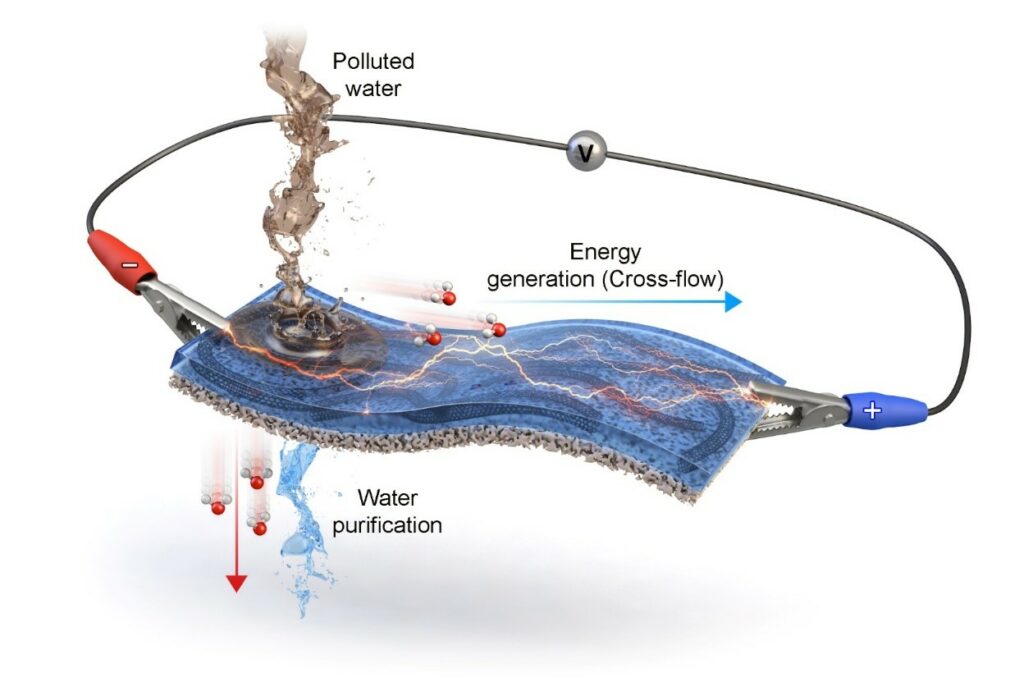
Efficient, sustainable solar cells
Concerned about the sustainability of conventional solar cells made with inorganic compounds such as silicon? Scientists at UCLA have developed a solar cell using organic materials. In itself, that isn’t a first but what makes their innovation interesting is that the decay seen with more conventional organic cells has been countered. A coating of L-glutathione (a naturally occurring dietary supplement) sees the new cells maintain efficiency for 1,000 hours of continuous use. The cells demonstrate an efficiency conversion of 13.5%, and transparency of 21.5% making them ideal fro greenhouse applications. They are now being trialled in greenhouse environments where the researchers are also seeing better plant growth.
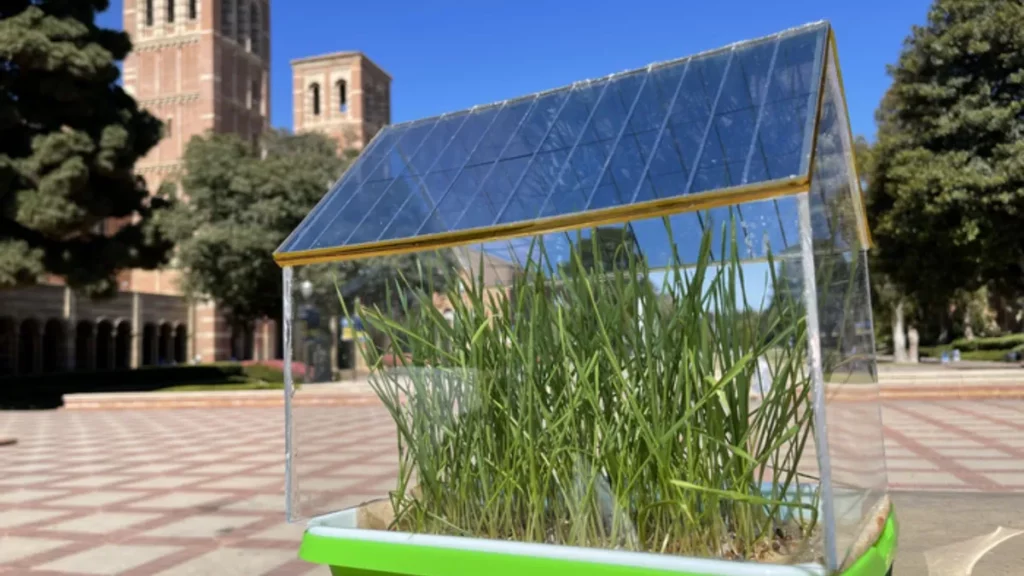
Significant advance in direct air capture
Scientists from Lehigh University (Pennsylvania) have developed a process they claim captures three times more CO2 from the atmosphere than current methods. The process involves using a polyamine-Cu(II) complex and the output is sodium bi/carbonate which can be safely disposed of at sea. The process is shown below, or you can access the full paper on the link.
